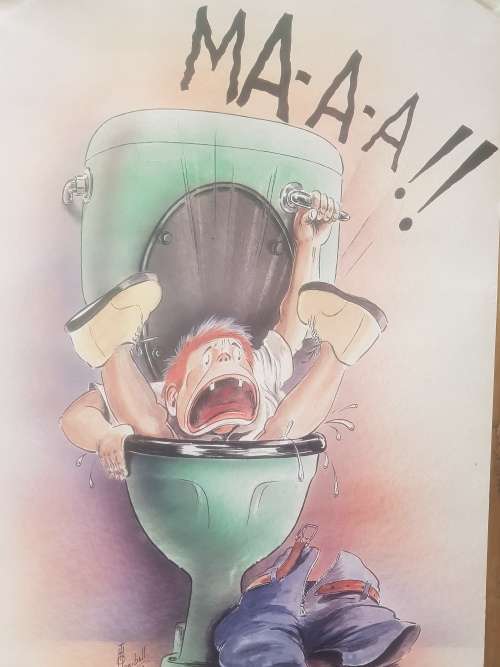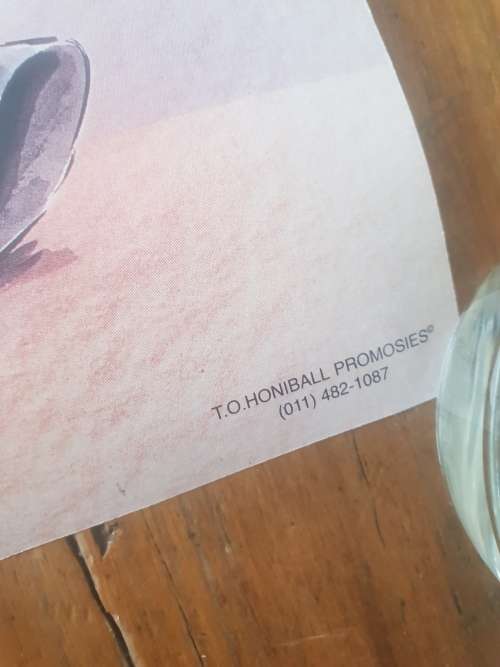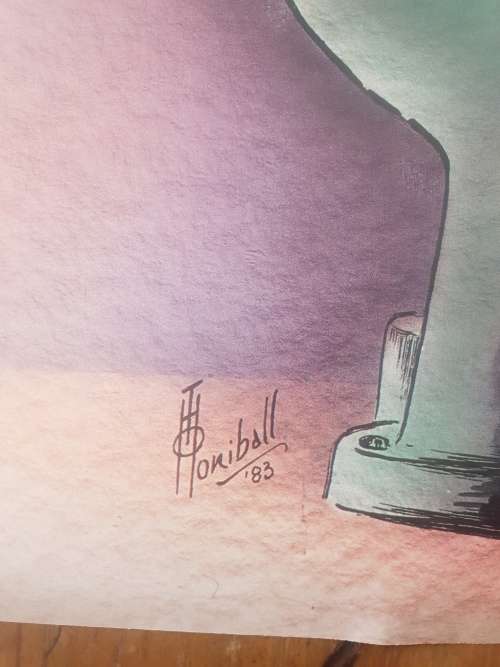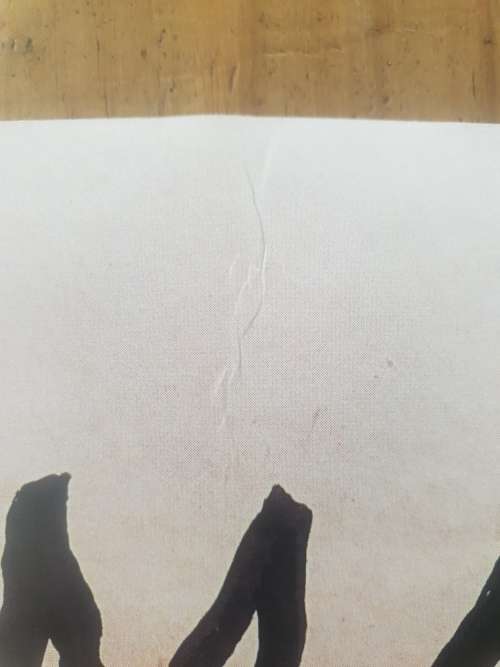







Honiball Print ( Glossy)
Check my rate
| Main centres: | 1-3 business days |
| Regional areas: | 3-4 business days |
| Remote areas: | 3-5 business days |








| Main centres: | 1-3 business days |
| Regional areas: | 3-4 business days |
| Remote areas: | 3-5 business days |
A Glossy Honiball print.
52 cm x 35.2 cm
Condition as per pics
Shipping R120 postnet to postnet or Courier guy.
T.O. Honiball (as he was commonly referred to) was born on 7 December 1905 in Cradock, Eastern Cape, South Africa. Honiball attended the well known high school for boys in Stellenbosch, Paul Roos Gymnasium. He originally studied architecture at the University of Cape Town. However, he needed a less structured way to express his artistic capabilities and from 1927 to 1930 he lived in Chicago where he studied commercial art. During this period he was introduced to American cartoons.
On his return to Cape Town he worked in advertising and later as freelance caricaturist and cartoonist. In 1941 he became the political cartoonist for a major Afrikaans newspaper group, and quickly became one of the best known South African cartoon artists.
In addition to his political cartoons he also published the Oom Kaspaas series, wherein Uncle Kaspaas boasts about his colorful past to his "nephew" Nefie - always to be reminded by some unfortunate event of what had really happened. (Note that in Afrikaans "Neef" (diminutive "nefie") can mean either cousin or nephew. "Oom" literally means "uncle", but the contexts determine the significance. "Oom" is used as a form of address informally denoting (possibly affectionate) respect for any older male, whether a relative or stranger. "Neef", and more strongly "Nefie", is used in the converse sense as "(little) nephew". The usage in the Oom Kaspaas books strongly implies nephew, not cousin. On the other hand, is could very well be that Kaspaas and Nefie are not related at all. In the past "neef" was also an Afrikaans term with a wider meaning, used for all one's male peers, and "nefie" an affectionate term for men and boys younger than the speaker, much in the same way as "oom" is still used for older men today.)